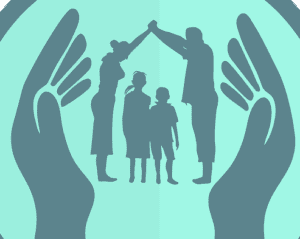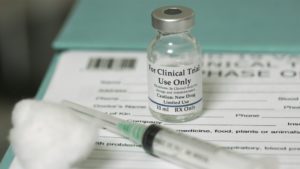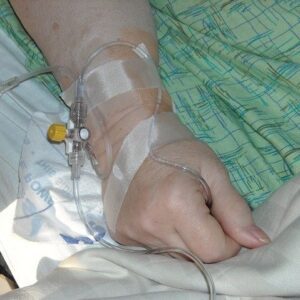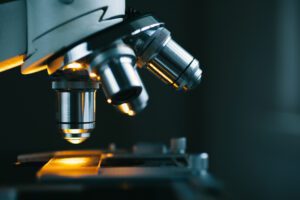Myotonic Dystrophy
What is myotonic dystrophy?
Myotonic dystrophy is a rare disease characterized by progressive muscle wasting and weakness. People with this disorder often have prolonged muscle contractions (myotonia) and are not able to relax certain muscles after use. There are two major types of myotonic dystrophy: type 1 and type 2. Their signs and symptoms overlap, although type 2 tends to be milder than type 1. The muscle weakness associated with type 1 particularly affects the lower legs, hands, neck, and face, whereas the muscle weakness in type 2 primarily involves the muscles of the neck, shoulders, elbows, and hips. Myotonic dystrophy is part of a group of inherited disorders called muscular dystrophies. It is the most common form of muscular dystrophy that begins in adulthood.What are the symptoms of myotonic dystrophy?
The following are characteristic symptoms of myotonic dystrophy:- Weakness of the voluntary muscles
- Myotonia, the inability to relax muscles at will
- Abnormal heart rhythm and heart muscle weakness
- Breathing issues, due to breathing muscles weakness
- Gastrointestinal tract muscle weakness, which may cause:
- Difficulty swallowing
- Constipation
- Developing gallstones
- Abnormal the uterus muscles, leading to complications in pregnancy and labor
- Cataracts
- Learning disabilities, apathetic demeanor, and impairment of cognitive functioning
- Problems with speech, hearing, and vision.
What causes myotonic dystrophy?
The two types of myotonic dystrophy are caused by mutations in different genes:- Type 1 myotonic dystrophy occurs when a gene on chromosome 19 (DMPK) contains an abnormally expanded section.
- Type 2 myotonic dystrophy is caused by an abnormally expanded section in a gene on chromosome 3 called ZNF9.
How is myotonic dystrophy diagnosed?
A diagnosis of myotonic dystrophy may be suspected based on a thorough clinical evaluation, a detailed patient and family history, and identification of characteristic physical findings. A family history of muscle weakness and myotonia is a strong indicator. Exams to confirm a diagnosis include:- Molecular genetic testing
- An electromyography (EMG)
- MRI
- Liver function test
What are the treatments for myotonic dystrophy?
There is no cure yet for myotonic dystrophy. Current treatment is directed toward the specific symptoms that are apparent in each individual.Where can I find out more about myotonic dystrophy?
Myotonic Dystrophy Articles

STUDY: Pitolisant Reduced Fatigue and Daytime Sleepiness in Adults with DM1
Jessica Lynn
July 3, 2024
Read More »

AOC 1001 Earns Breakthrough Therapy Designation for Myotonic Dystrophy Type 1 (DM1)
Jessica Lynn
May 20, 2024
Read More »

Topline Results are Available from a Study Evaluating AMO-O2 for Congenital DM1
Jessica Lynn
September 11, 2023
Read More »

How PepGen’s Jane Larkindale and Alayna Tress Advocate for Patient-Centricity in Rare Disease Drug Development
Patient Worthy Contributor
March 1, 2023
Read More »


Partial Clinical Hold on New Enrollment for AOC 1001 Trial for DM1
Jessica Lynn
October 20, 2022
Read More »


12 Weeks of Exercise Increased Fitness in Myotonic Dystrophy Patients
Rose Duesterwald
June 23, 2022
Read More »




